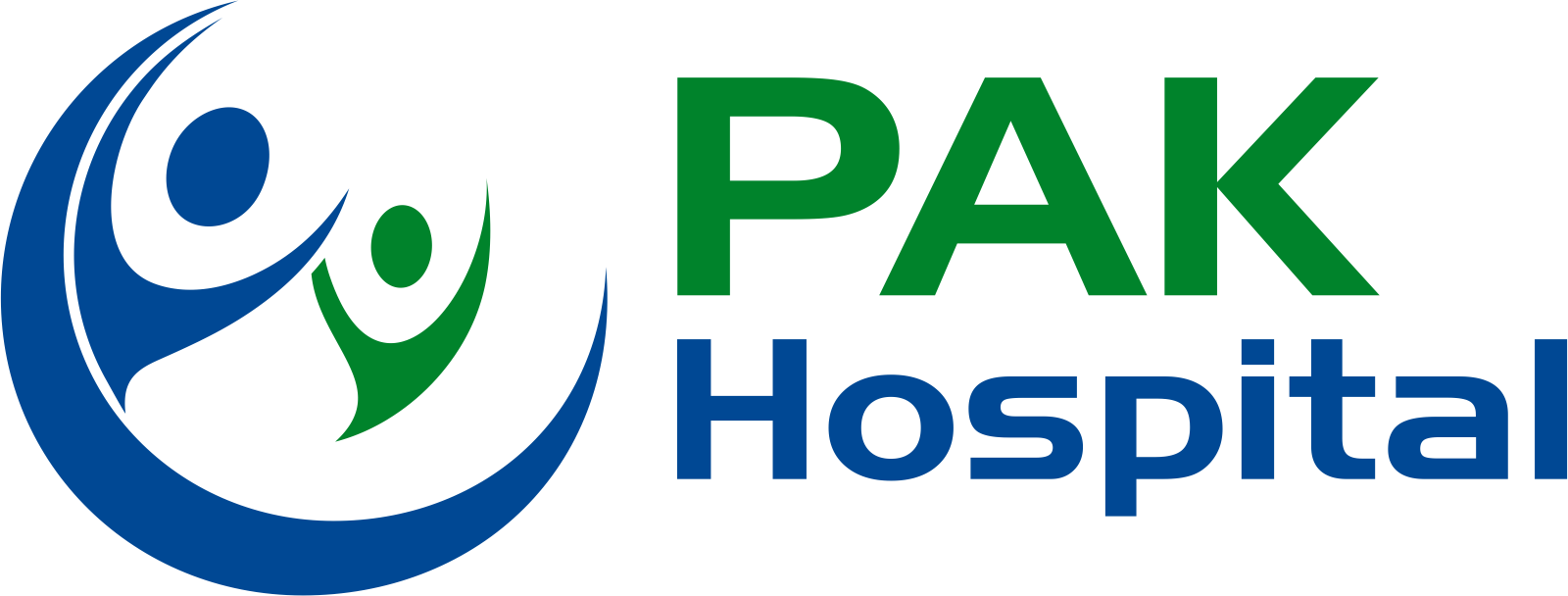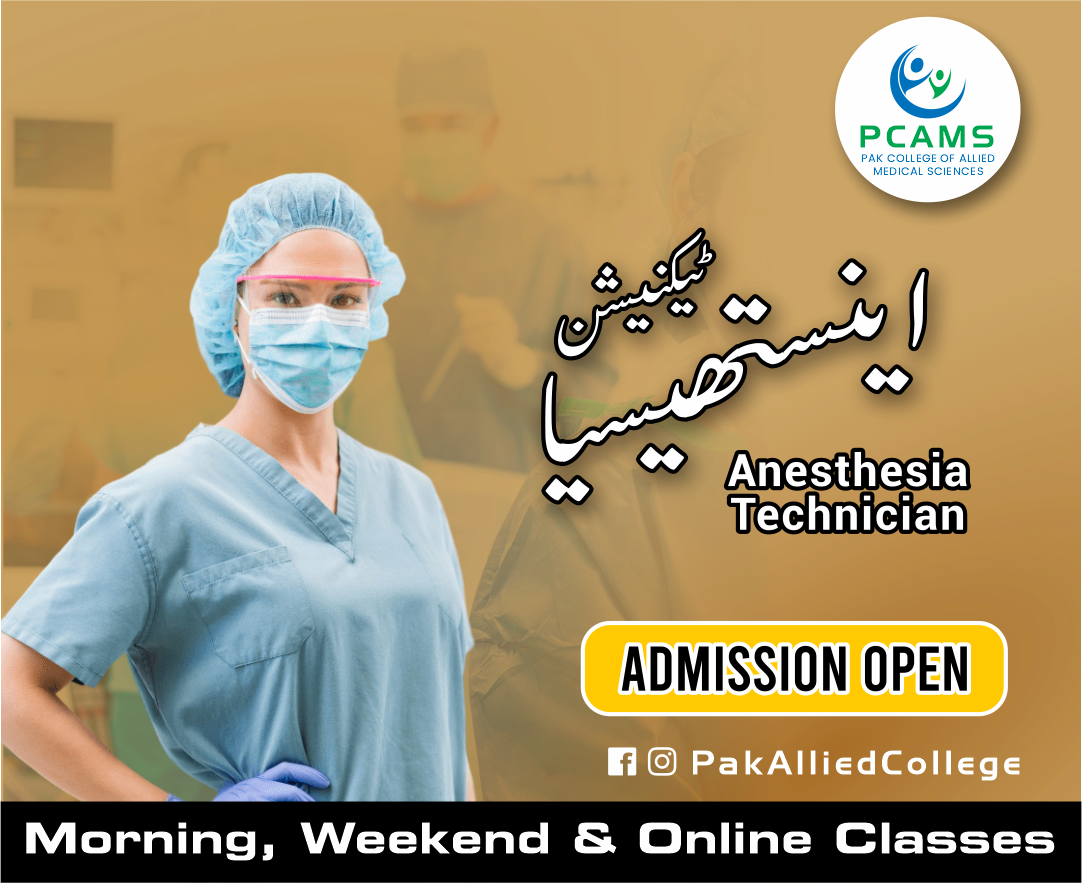An Anesthesia Technician diploma program is designed to prepare individuals to assist anesthesiologists and nurse anesthetists in administering anesthesia. These technicians play a critical role in ensuring that anesthesia equipment is functioning correctly and that patients are monitored effectively during surgical procedures.
Key Components of an Anesthesia Technician Diploma Program:
- Core Subjects:
- Anatomy and Physiology: Understanding the human body, particularly the cardiovascular, respiratory, and nervous systems.
- Pharmacology: Knowledge of drugs used in anesthesia, including their effects, dosages, and side effects.
- Medical Terminology: Familiarity with the terminology used in healthcare settings.
- Anesthesia Equipment: Training on the setup, operation, and maintenance of anesthesia machines and related equipment.
- Practical Training:
- Clinical Skills: Hands-on training in preparing patients for anesthesia, assisting with anesthesia administration, and monitoring patients during and after procedures.
- Simulation Labs: Use of simulated environments to practice emergency response and routine anesthesia procedures.
- Internships/Externships: Real-world experience in hospitals or surgical centers under the supervision of experienced professionals.
- Professional Skills:
- Attention to Detail: Precision in setting up equipment and monitoring patient vitals.
- Communication: Effective communication with anesthesiologists, surgeons, nurses, and patients.
- Critical Thinking: Ability to quickly and effectively respond to emergency situations.
- Certification and Licensing:
- Certification Exam: Preparation for certification exams, such as the Certified Anesthesia Technician (Cer.A.T.) offered by the American Society of Anesthesia Technologists and Technicians (ASATT).
- Continuing Education: Understanding the importance of ongoing education to maintain certification and stay current with advancements in the field.
Benefits of an Anesthesia Technician Diploma:
- Career Opportunities: Work in hospitals, outpatient surgery centers, dental offices, and other medical facilities.
- Job Satisfaction: Playing a vital role in patient care and surgical success.
- Professional Growth: Opportunities for specialization and advancement within the field of anesthesia technology.
Program Duration and Prerequisites:
- Duration: Typically ranges from 1 to 2 years, depending on the program and whether it is full-time or part-time.
- Prerequisites: Generally requires a high school diploma or equivalent. Some programs may also require prior healthcare experience or courses in biology, chemistry, and mathematics.
Potential Career Paths:
- Anesthesia Technician: Assisting anesthesiologists and nurse anesthetists with anesthesia administration.
- Anesthesia Technologist: With further education and experience, advancing to a higher level of responsibility in the anesthesia department.
- Surgical Technologist: Transitioning to roles that support surgical teams more broadly.

